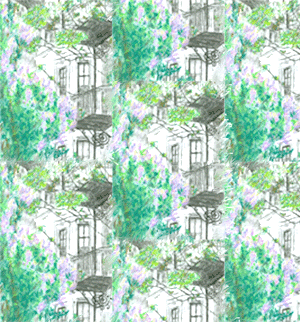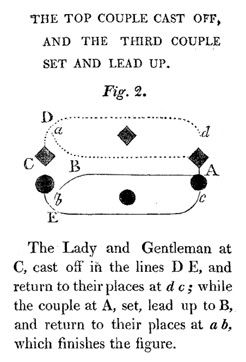In "Becoming Jane" and "Hairspray"Choreography must be like putting a design pattern onto fabric. There is this stretch of space (the fabric) which must be filled with as many moves as possible (the patterns) to produce an overall design.
This is how I envision the dances in Jane Austin's books, which figure frequently in her stories and are shown briefly in the pseudo-autobiography film
Becoming Jane.
Austen's dances, known as
English Country Dance, are all about pattern, geometry and a cohesive design.
But, they're also a social commentary, as I describe in this
blog entry. There is a restrained, formal, interaction between the man and his female partner and between the various couples to finally form an ephemeral design that weaves in and out of pattern.
This is similar to some of the choreography in
Hairspray. The director and choreographer,
Adam Shankman, talks about forming patterns during his creative process. And the dances are very similar to the English Country Dances, except of course the music is more exuberant, and the steps more boisterous. But that's another issue.
But, even Shankman distinguishes between the black dances and the ones performed by the white kids. As Shankman explains, he got the ideas for the choreography of the black dances from a friend whose parents lived in that era (late 50s early 60s.)
The black dances have less form and shape, and finally very little pattern. Since Shankman is choreographing using his own (white) background, he still puts some element of design and form into these dances, but much less than what he does in the white dances.
And the white dances are more interesting, more complex, and more "artistic."
Despite Hairspray's attempt to put the story's emphasis on the "redemption of black people," at the very creative level, where peculiarities really cannot be changed, it is the white choreography that excels.
I think blacks really couldn’t care less if their dances are choreographed or not. So, the superiority of the white dances isn’t even considered. But, Shankman’s structure, which he put on all the dances, makes the film much more interesting for the viewer. And probably helps to sell the film as well.
Here is
movie clip of a
Quadrille, which is a later invention, but still has the same elements of form, pattern and design as English Country Dance.
Patterns of English Country Dance.
From: Plan and construction of a Country Dance









